Staircase Pressurization System Design
Staircase pressurization system design. The vestibule pressurization smoke control method was introduced by building industries and has been applied to a significant number of buildings to date in Japan. Get access to MEP material Excel sheet Plumbing system design handbook Carrier air conditioning design Handbook MEP drawings General Mechanical notes. That is how many doors are anticipated to be open at any one point for a reasonable amount of time.
Elevator shaft walls Wall Tightness. In these calculation excel sheets you will get the CFM for the pressurization fan for the stairwell. Stairways are Fire Escape Routes Nowadays stairwells.
The STAIRCASE PRESSURIZATION SYSTEM is made of a axial fan box frequency converter and air sensor pressure. In case of fire in a high rise building a Stair Pressurization Fan SPF uses clean outside air to pressurize the air in stairwells. Stairwell Pressurization Fan Calculation Excel Sheets.
Exterior building wall area per floor Wall Tightness. CHARACTERISTICS The STAIRCASE PRESSURIZATION SYSTEM is made of a. However several problems can be seen both logically and technically in the design procedure of this system.
Learn to calculate airflow requirements for staircase pressurization system NFPA STANDARDSDownload Excelsheet from below linkhttpspassionatengineerblogs. Taking advantage of the stairwell pressurization alternative will require that a rational analysis be prepared by a qualified design professional. A stairwell pressurization system is considered a smoke control system and is subject to the many requirements of Chapter 909 in the building code.
The one used most often in North America is the stairshaft pressurization system. Assess the leakage paths through doors lifts vents. Designing such systems is complicated because an intermittent loss of effective pressurization occurs when occupants enter and leave the stairs during evacuation.
Pressurization fan makes the escape route pressurized so it forces the smoke and push it back and enables person to escape. Stairwell wall area per floor Wall Tightness.
The STAIRCASE PRESSURIZATION SYSTEM is made of a axial fan box frequency converter and air sensor pressure.
One important consideration in any stair pressurization system design is the design number of doors open. Designing such systems is complicated because an intermittent loss of effective pressurization occurs when occupants enter and leave the stairs during evacuation. One important consideration in any stair pressurization system design is the design number of doors open. The one used most often in North America is the stairshaft pressurization system. It gives test procedures for the systems used as well as describing relevant and critical features of the installation and commissioning procedures needed to implement the calculated design in a building. The vestibule pressurization smoke control method was introduced by building industries and has been applied to a significant number of buildings to date in Japan. Stairwell Pressurization Fan Calculation Excel Sheets. AND SMOKE CONTROL SYSTEMS 711 General a Where air-conditioning system is provided in lieu of mechanical. Calculate the required total volume flow rates including temperature factors.
Learn to calculate airflow requirements for staircase pressurization system NFPA STANDARDSDownload Excelsheet from below linkhttpspassionatengineerblogs. Stair pressurization Due to the relative cost of the associated mechanical systems and architectural space issues related to providing exterior balconies and stair vestibules the stair pressurization system is the most widely selected design option. Fire rated and maintained at a negative pressure. Generally the determination of the design number of doors open is the responsibility of the designer. CHARACTERISTICS The STAIRCASE PRESSURIZATION SYSTEM is made of a. Acknowledgement A BG ASF ASF TR1 TR2. Assess the usage and layout of the building the area to be pressurized and the class of system required.

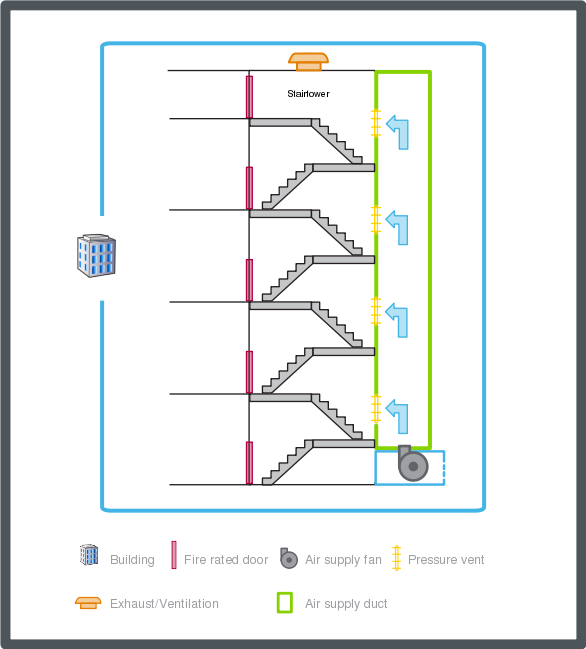




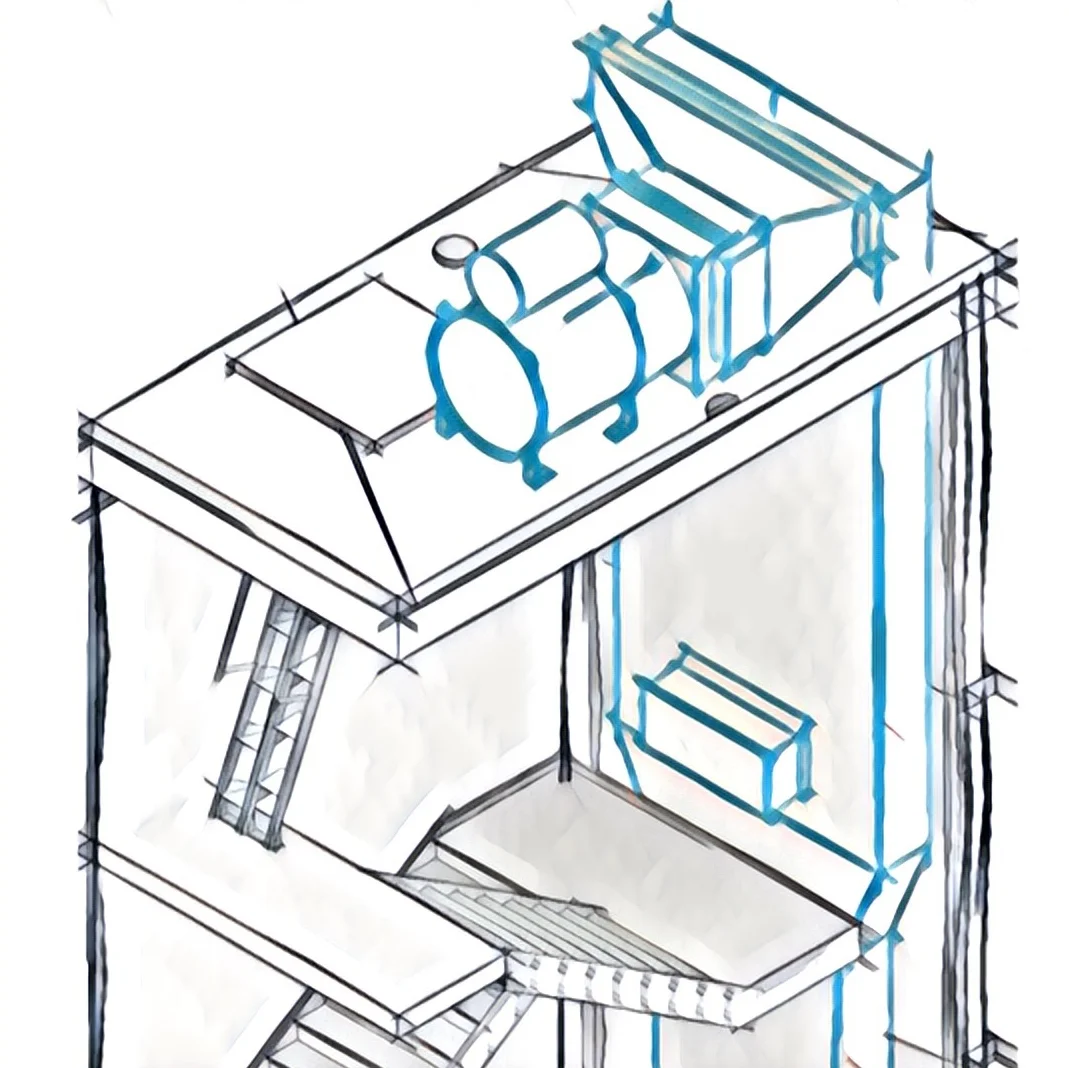



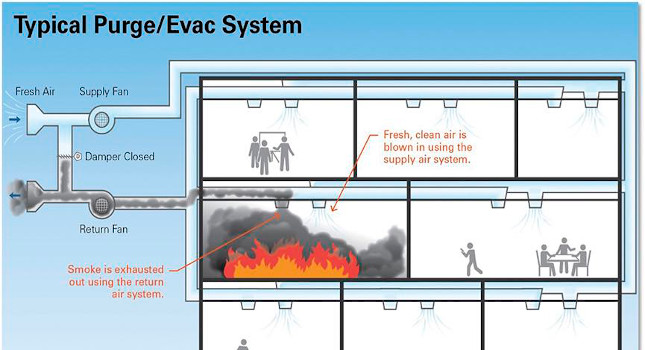
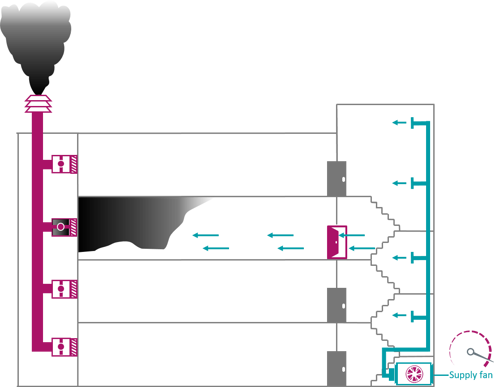
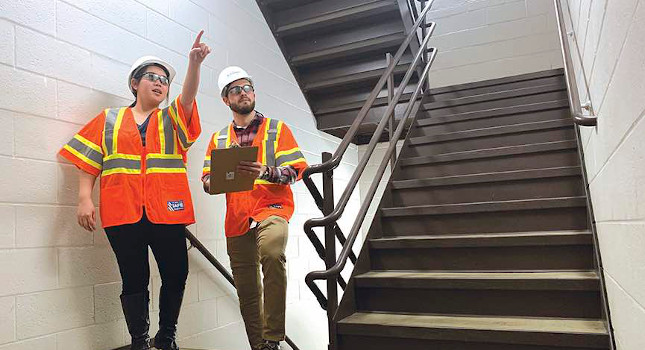

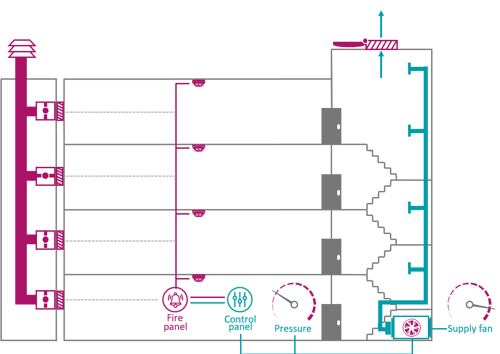


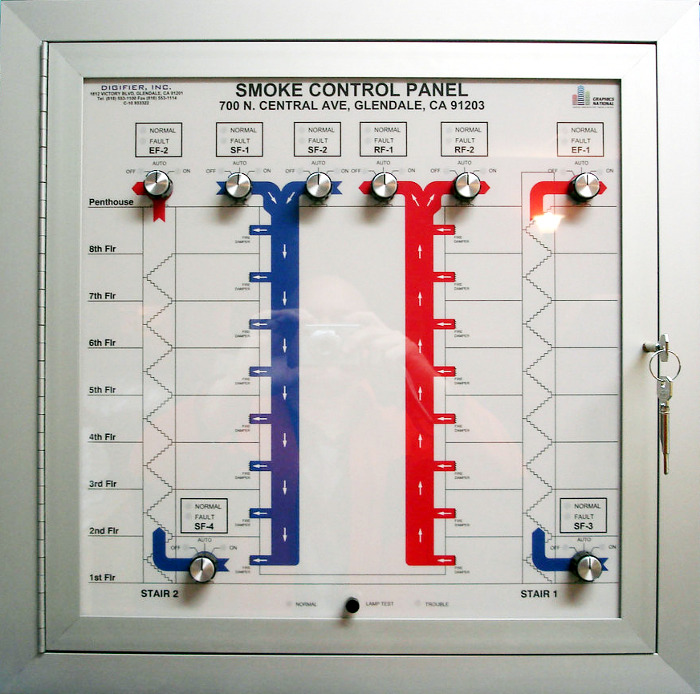








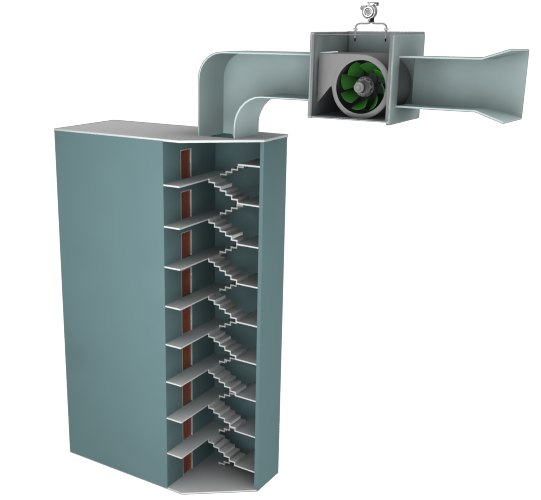

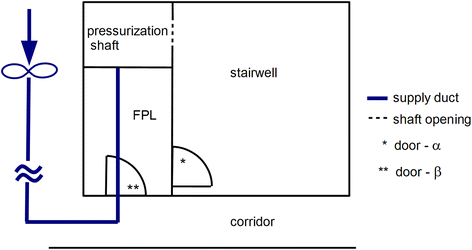




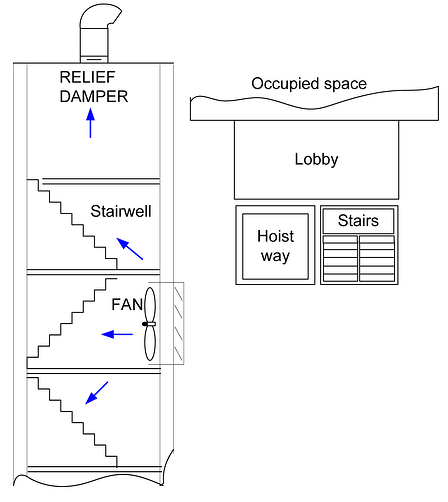



Post a Comment for "Staircase Pressurization System Design"